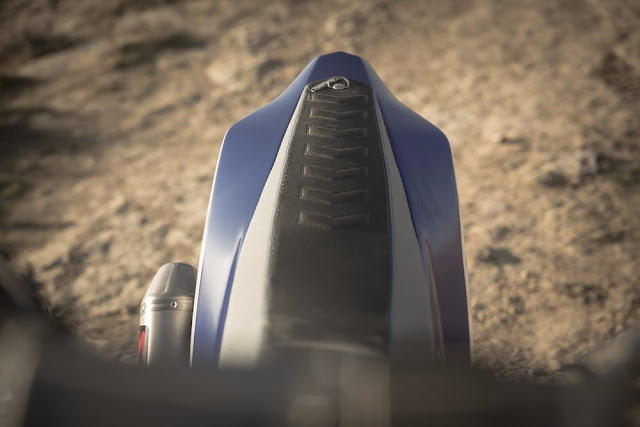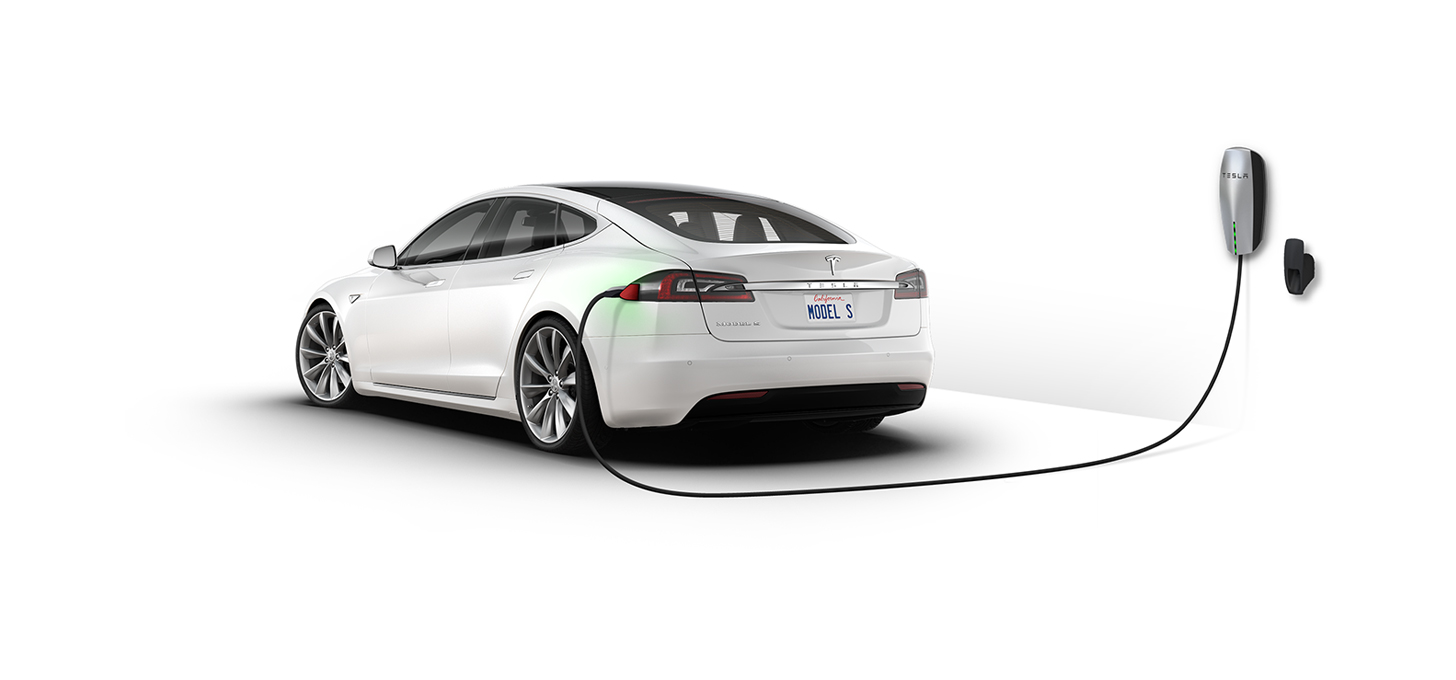Yes that is right, I finally had my hands and feet on a really nice electric vehicle. I am going to explain how/ why I did it.
Why ?
To start with, you might ask, does this guy owns 95k to pay for a new electric car? I answer: obviously no.. but...
It all started from the intricate passion for 2 and 4 wheel vehicles and if you are reading this post, most likely you are also a Petrol Head, so you will get my point, if you aren't just continue reading and you will understand.
What do we Petrol Heads(PH) have in common here?
PH's to my understanding and in general they like raw power, Torque peaks, the smell of burning oil and the nice pops the exaust will provide if you are ridding an at least decent sports car/motorcycle, (even my Civic Type R pops), Petrol Heads need to be convinced (like I was today) that the Electric Future reserves something extremely special for them, and the term Petrol Head will die with pride, once the first group of these people understand that the torque generated by an electric vehicle is amazingly fast and immediately rewarding.
So in order to avoid all of that confusion, I already convinced myself that this transition is going to be faster than we think and that I need to try a decent electric vehicle before I am obligated to change :D
How I managed to do this Test Drive?
Very simple, very easy over the internet on the Tesla website, did they asked me for anything in advance , no nothing at all, did they judge me or my income? no absolutely not, in fact I think I was better treated just because I arrived on my bike :D
The Test Drive:
As I enter the Tesla Design Studio, I dropped my jaw, again , the future is here, open space offices with a futuristic theme and everything very white, kind of like a Laboratory.
The reception lady was extremely friendly, I presented myself and she asked me to have a look around, that the Test Drive Instructor would be with me very soon, so I peaked a bit at the offices and the model cars and model cut throughs ( that I love).
Fabio (the instructor) arrived and he immediately sympathized with me, asked me for my drivers license etc, and the first question was, so why are you here to do the Test drive? he gave me options, and I was honest, explained that it was option 2 for the experience of an electric vehicle and that this would be kind of like a dream come true of mine, being a Petrol head and all, so he stopped me right there and said: I can relate to that, being a former race track instructor and all.
Well you can imagine our conversation was a very pleasant one, (if you dont get it, its like if you asked someone if they like music and they mention your favorite band, hours of talking right ?)
To start with we had a big overview of the interior, all the gizmos on the car and on the software it self.. faster than I thought Fabio said lets be creepin out of here and we were, (rolling slowly, same effect as in an automatic car when on D and you release the brake, the car starts to drive slowly )
After only about 5 minutes driving this car I was utterly mesmerized with the fact that the car has no sound, isolation is also very effective and this comment might sound obvious, however not that obvious, you only understand it, when you experience it for your self, the awkwardness of no sound and insane amounts of power is mind blowing (at least for me) keep in mind after you ride the Tesla it might lead to embarrassment when returning to your combustion motorized vehicle, you will realize how much db's that engine is producing, and how "annoying" it really is.
A very good way to understand how this vehicle will affect the world as we know it, is the Auto Pilot Technology, It may sound Cliche but that is exactly what Tesla achieved with its auto pilot, it brought the future into the present, trust me, when I say that a car driving by itself simply by means of a Radar some brilliant software and 4 HD camera's looking at vehicles and road markings is something out of Total Recall.

i.e: if you have auto pilot on and cruise control set at 90kms/h and you are driving on a highway and suddenly there is traffic, the car will automatically stop, resume speed according to the vehicle in front. the system is constantly analyzing cars and road markings, you can even adjust in a very simple way, how far you want the car to stop from the front automobile. If you are driving around in the highway with AP on, if all ok, you can just put your blinker to the left and the car will automatically cross the lane to the other side. Ok all of these systems are still on Beta version, but they are amazing to see in action, in fact my test drive was something out of a magazine, I felt like I had a complete overview of the car with an amazing Intructor, I managed to push the accelarator really hard and that instant torque of 400+ hp is unimaginable (I ride motorcycles, so I am used to fast acceleration, but nothing like a 2ton vehicle accelerating extremelly fast).
Furthermore this car has so many tunable upgradable and customizable options, that believe me you will be finding out how awesome it really is for at least the first year, oh yeah that and the fact that it has the possibility to have Internet hot spot (with a sim card, the first 4 years are paid by tesla it self) where you will receive your vehicle automatic updates, the updates can change a lot of thingsm they can even be reflected on the way the car acts or a new featureon the car, I will give you an example, the car has a Key but it doens require the key to be turned on , so ita a wireless donlge thingy, if you exit the vehicle, the dongle goes out of range and the vehicle locks himself up automatically, Tesla released an update where if you stop the car in a red light and the doors are unlocked, you can ask the car to lock it automatically, you can also select wich doors, following this mentality, imagine the rest of the things that could be upgraded..
To fully charge the battery, In Amsterdam at night, it costs around 18euros for a full charge.
Authonomy is around 500kms (depending on how you drive it)
Comfort is out of this world ! amazingly comfortable, I would say at the same level as a BMW 7 series.
Price I dont want to talk about it ;) (its in fact the only down side)
Fun factor - forget it, this car does it all, you can drift it if you want to, you can do the Nurburgring at high speed like if you were driving a videogame, because another top feature of this car is its amazingly good 4 wheel drive system (also customizable)
My Conclusion:
The world is changing, and for Petrol Heads, this change is difficult, this affects the pillars of our passion, it also messes around with society and it affects the energy sector and the world as we know it today. So please consider all of these before you start scratching other peoples cars with offensive words.

































